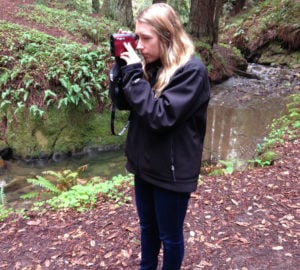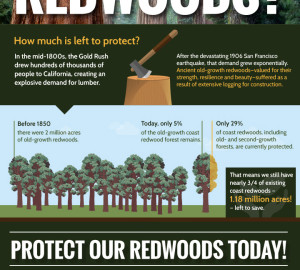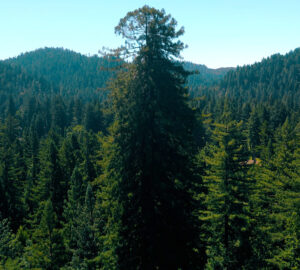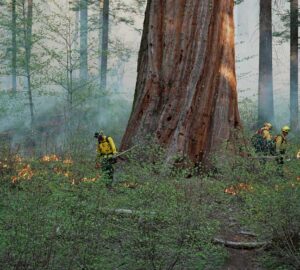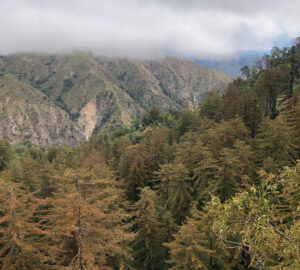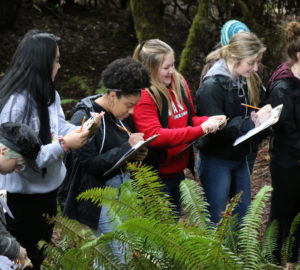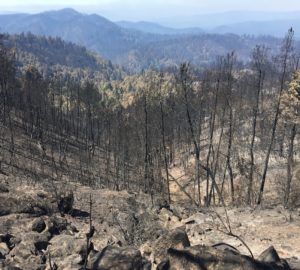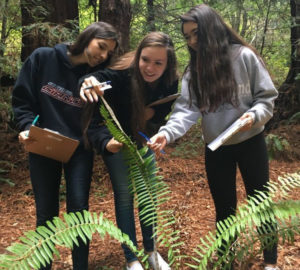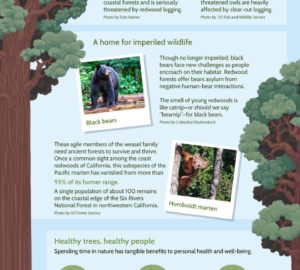by Jordan Bender
As I prepared to teach my first Redwoods and Climate Change lesson in the classroom, I was admittedly nervous. This class was composed entirely of English language learners. As the students shuffled into the classroom, took their seats and began reading the board, it was clear they were excited about the week’s lesson. They were already asking questions about their field trip to the redwood forest, wondering what we would be doing on their day of outdoor exploration.
As the lesson began I introduced the topic of redwoods and climate change to this Berkeley High School biology class. I was unsure whether the language barrier would interfere with the lesson plan and overall student comprehension. While many of these students were familiar with the basic concepts of carbon, photosynthesis and the Earth’s biospheres, they were new to these words and explanations in English.
Together, we practiced pronouncing these key vocabulary words out loud. We spent time marveling at the beautiful redwood trees pictured in the presentation, allowing the students to connect these forests with what they knew or may have learned in their primary language. I was pleased as the students asked thought-provoking questions and critically evaluated our climate change situation. They were awed by how tall the giant coast redwoods we were studying could grow. I was truly amazed by the will and desire the students had to learn – even when they were challenged with complex concepts such as the carbon cycle and calculating the biomass of their classroom.
By the end of the week’s program, it was clear that the language barrier I had been concerned about did not exist. The topic of redwoods was universal, allowing the students and me to learn and grow together. The redwoods we discussed in class defied any language differences and the students were able to analyze data, question results and learn about their local resources. I am thankful that I was able to connect with these students, and thrilled that the students learned so much about redwood trees and their history, and especially of the importance of these trees to their community.
Learn more about our Redwoods and Climate Change program:
